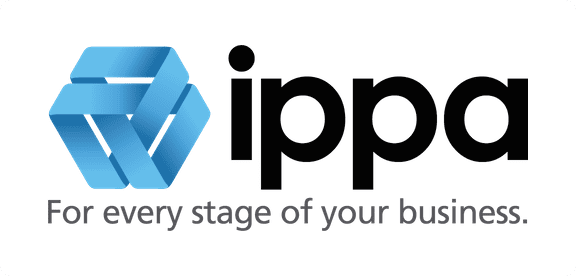Why?
Because we need more than temporary fixes created in the moment to keep pace with the changes happening all around us. We need to transform our current approaches into effective, repeatable, and safe strategies for the future by taking advantage of tools we and our employees rely on every day- our HR technology.
Workplace Safety
HR technology can help your on-site teams by providing them with clear standards for workplace safety and options that minimize their physical risk during the course of their shifts. Whether it's in the form of scheduling processes, alternative options for punching in and out, or health and safety reminders, our HCM suite has the power to make a positive impact across all your physical locations.
Read more by downloading the guide!
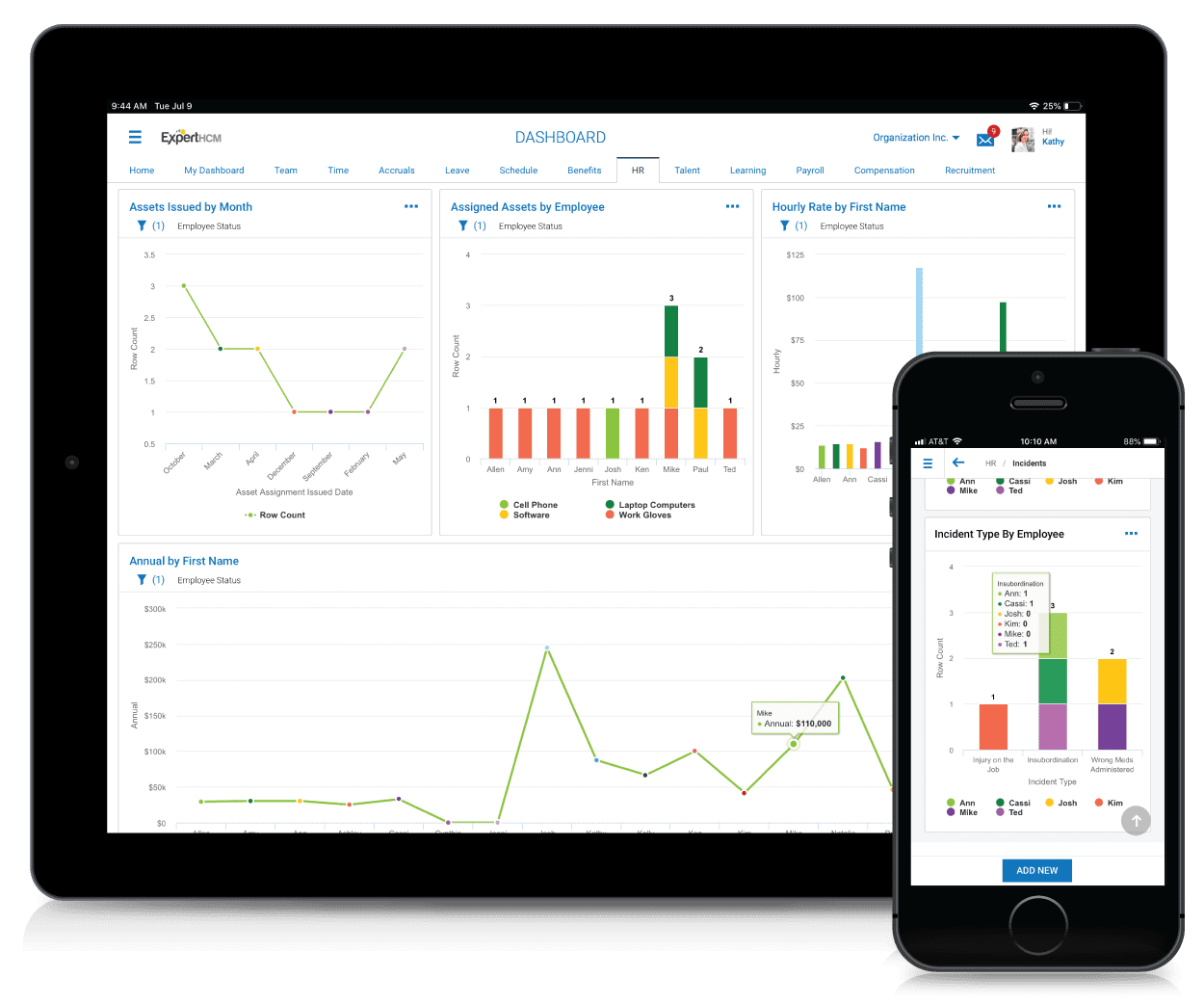
Scheduling Practices
Transparent methods for scheduling essential employees that maximize safety and off mobile options are fundamental. You need scheduling processes that can help you track teams, mitigate exposure risks, and give employees visibility into when and where they're needed. With the right scheduling tools, you can:
Identify you essential employees
by tracking the job requirements, skills, and certifications needed for different roles or shift types. This way, you can automate who should be assigned to what schedule areas and communicate with them efficiently and effectively
Utilize mobile shift fill options
so employees can claim shifts right from their mobile devices via text. Shift options can be restricted to reflect the specific groups of employees you want teamed together. This provides schedule transparency while maintaining social distancing protocols. It also gives employees flexible options for claiming or swapping shifts so they can maintain work-life balance even when resources are stretched thin.
Implement shift cohorts or work teams
so the same employees consistently work together. In the event of exposure, this ensures that contact has been minimized to a small, easily identifiable group that can be put on leave to protect the rest of your teams.
Here are some steps you can take to boost risk
prevention and identification:

Leverage mobile devices to collect time
Mobile punching gives employees the ability to clock in or out directly from their own mobile device, allowing them to maintain social distancing and minimize the exposure to others that can be associated with lining up at a timeclock. With geofencing, you can also limit where employees punch in or out, minimizing errors and time-fraud risk.

Consider alternative forms of clocking in
Facial recognition is embedded in some of the newer timeclock devices, removing the need for physical interaction and limiting risk of exposure, even if employees still need to punch in and out from a central clock location

Communicate at the timeclock
Important communications can be delivered directly to a timeclock to remind employees of safety standards.

Creatively use time data to protect employees
If an employee contracts an illness like COVID-19, contact trace processes and reports can use time data to quickly help track employees who may have had exposure. This will allow you to take decisive action and notify those who may have had contact, institute quarantine protocols as needed, and protect your non-contacted employees.
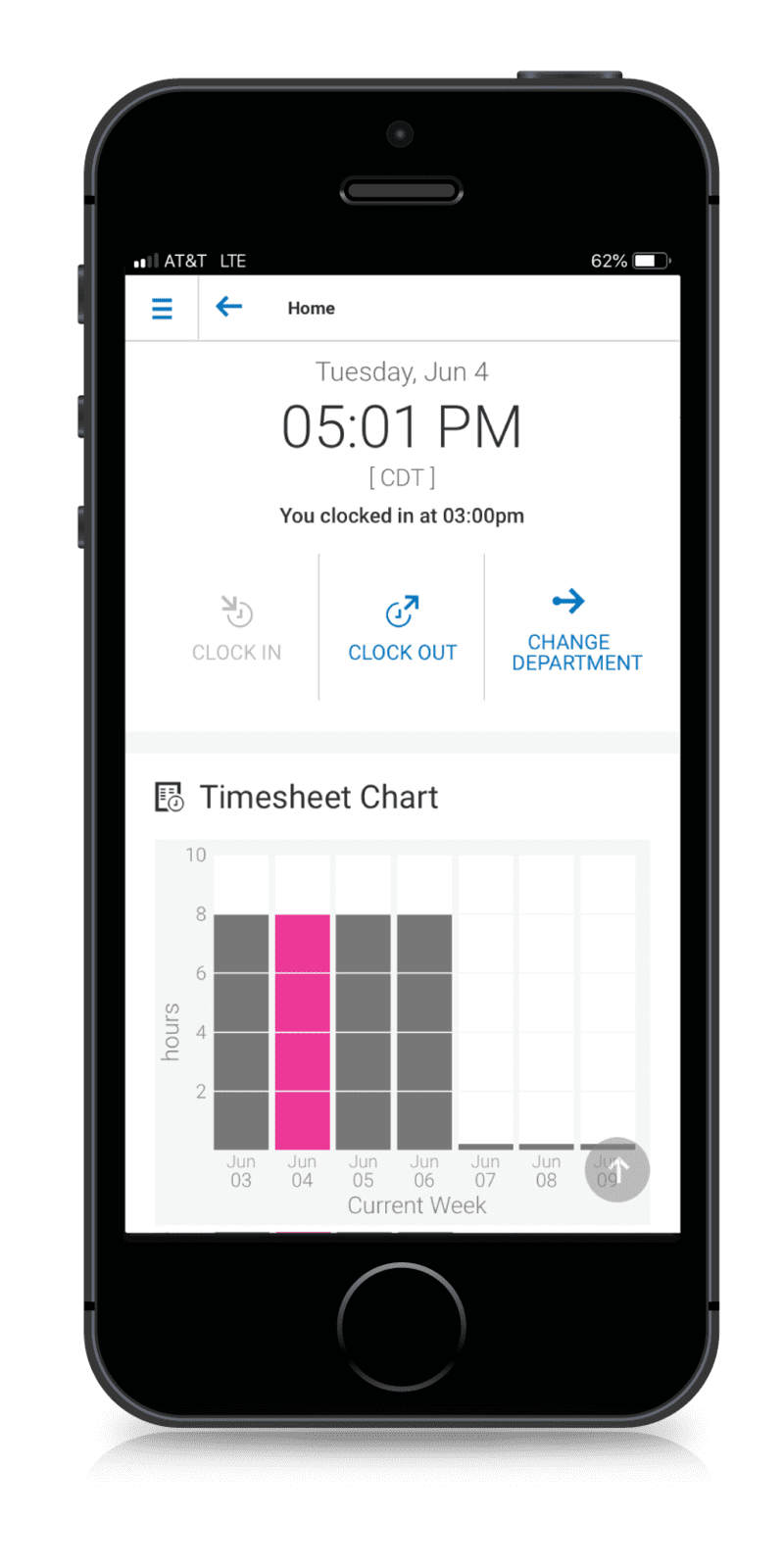
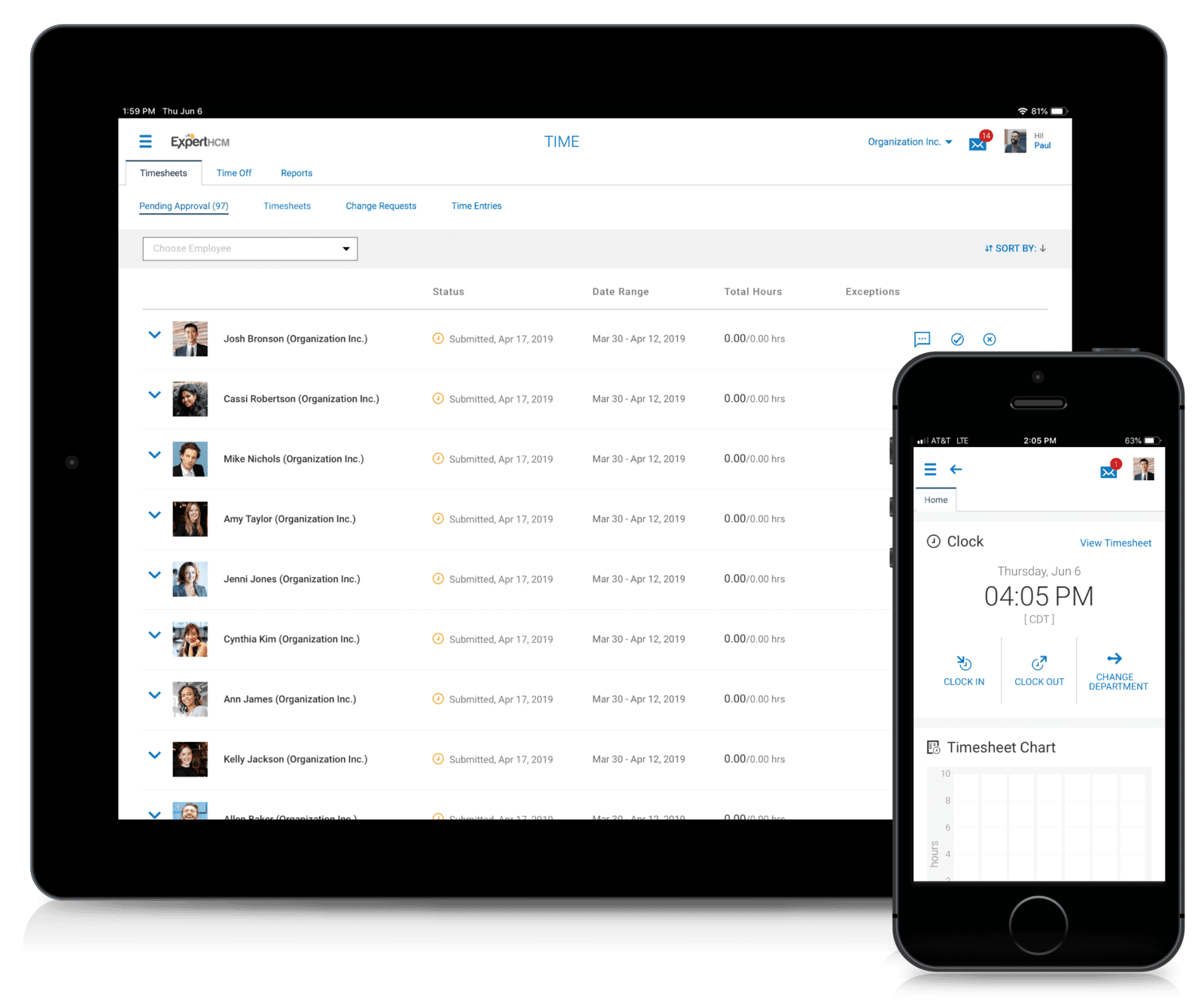
Keep Financial Stress to a Minimum
Financial stress adds a whole other layer of pressure for employees. With uncertainty swirling all around them, having a reliable paycheck is paramount. Giving them as much confidence as possible that they’ll be paid on time and correctly will go a long way toward improving mental health and general well-being.
Your HR technology has diverse options you can use to make sure ths happens:

Make
direct deposit easily accessible
to employees so they can set up electronic transfer of their paychecks to one or more accounts and access funds more quickly. Building awareness around direct deposit options and helping as many employees adopt them as possible also has a twofold business benefit: It removes the chance for errors and loss that comes with paper checks and reduces check-printing costs.

Provide
same-day pay options
so employees can have earlier access to the money they make, if needed. Same-day pay solutions should be able to integrate seamlessly into your core HCM platform, link up with any pay rules, deductions, etc., that you maintain there, and provide a safer option for employees to quickly access their earnings. Having a service like this in place can make a big difference for employees, especially when there’s a heightened risk of unexpected medical costs

Make
pay cards
available
as an alternative to paychecks for hourly frontline employees, especially in businesses where many don’t have access to traditional bank accounts or electronic pay options. These cards can provide your employees with flexibility and increase their feelings of financial security.


